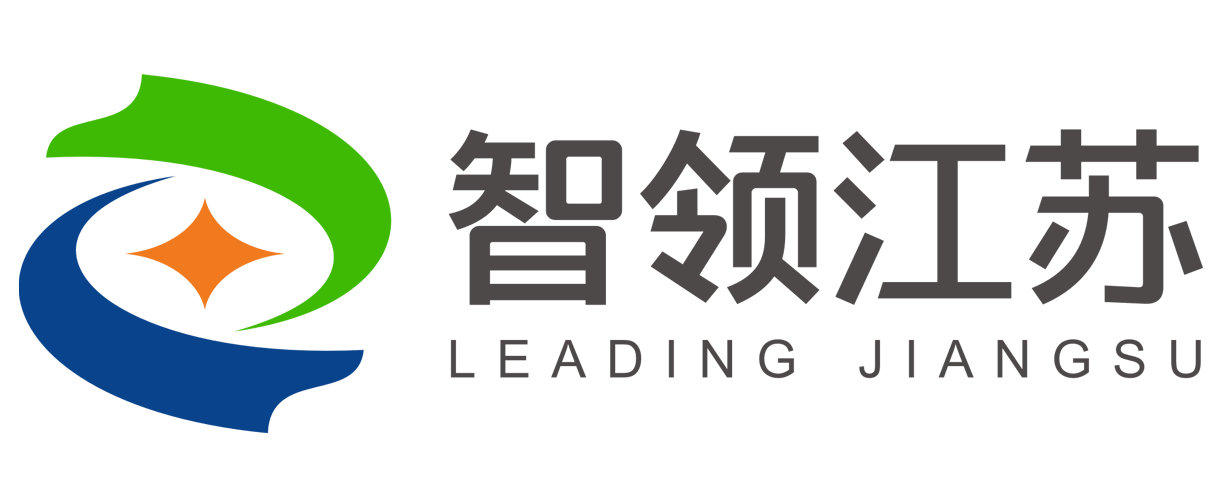SCA2 扩散张量成像免费
资源介绍
Subjects and MRI protocol -------------------------------- Imported from https://openneuro.org/datasets/ds001378 Nine [spinocerebellar ataxia type 2 (SCA2)][1] patients and 16 age-matched healthy controls, were examined twice (SCA2 patients 3.6±0.7 years and controls 3.3±1.0 years apart) on the same 1.5T MRI scanner (Philips Intera, Best, The Netherlands) by acquiring: - sagittal 3D T1-weighted turbo gradient echo images [repetition time (TR) = 8.1 ms, echo time (TE) = 3.7 ms, flip angle = 8°, inversion time = 764 ms, field of view (FOV) = 256 mm × 256 mm, matrix size = 256 × 256, 160 contiguous slices, slice thickness = 1 mm]; - axial diffusion-weighted images by using a single-shot echo-planar imaging sequence (TR = 9394 ms, TE = 89 ms, FOV = 256 mm × 256 mm, matrix size = 128×128, 50 slices, slice thickness = 3 mm, no gap, number of excitations = 3). Diffusion sensitizing gradients were applied along 15 non-collinear and non-coplanar directions using b-value of 0 (b0 image) and 1000 s/mm2. Defacing ----------- [Pydeface][2] was used on all anatomical images to ensure de-identification of subjects. How to acknowledge ------------------------- Please cite: [Mascalchi M, Marzi C, Giannelli M, Ciulli S, Bianchi A, Ginestroni A, Tessa C, Nicolai E, Aiello M, Salvatore E, Soricelli A, Diciotti S. DTI histogram analysis reveals progression of pontocerebellar degeneration in SCA2. DOI:10.1371/journal.pone.0200258][3] [1]: https://ghr.nlm.nih.gov/condition/spinocerebellar-ataxia-type-2 [2]: https://github.com/poldracklab/pydeface [3]: http://doi.org/10.1371/journal.pone.0200258







